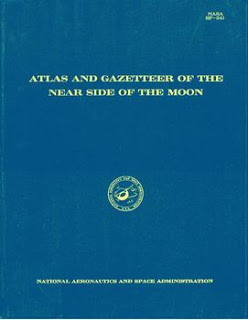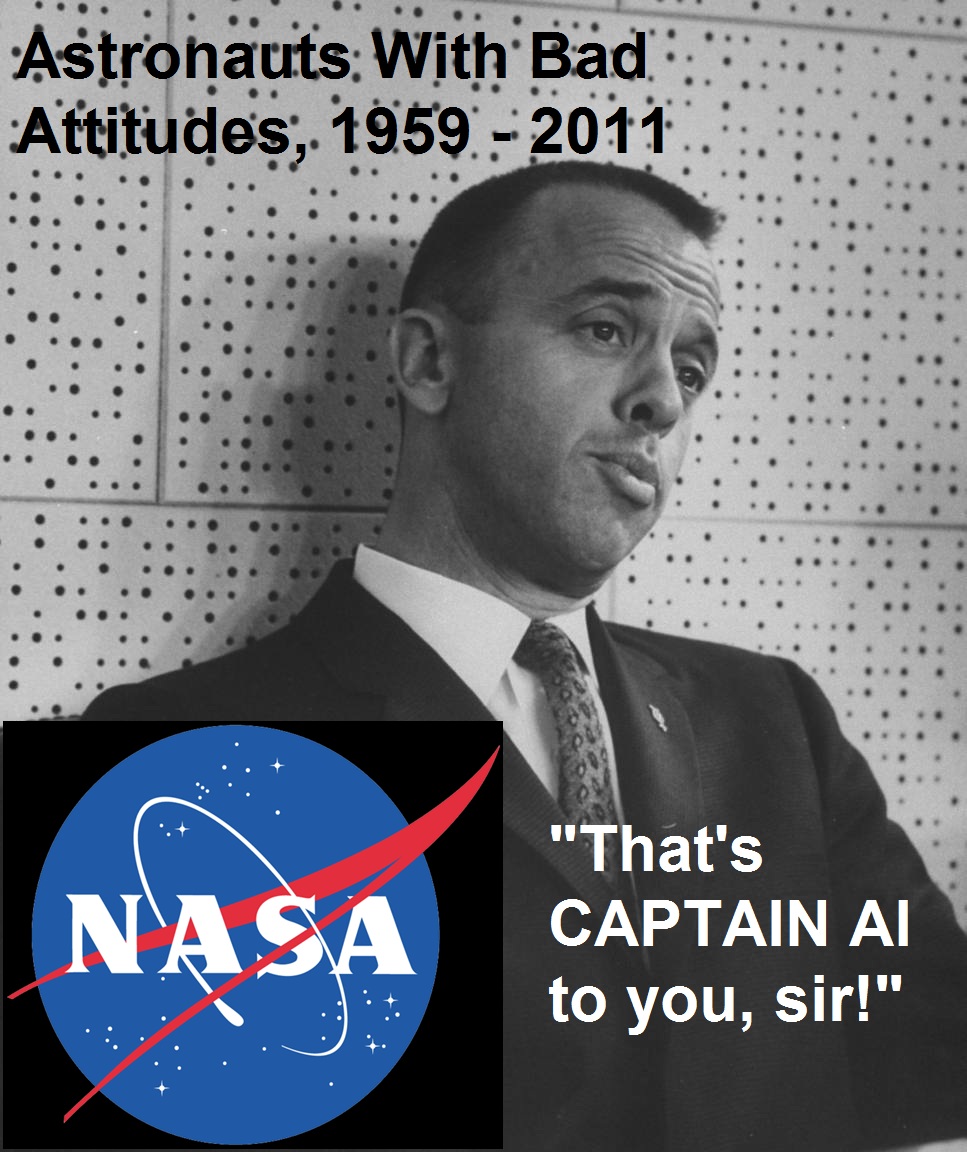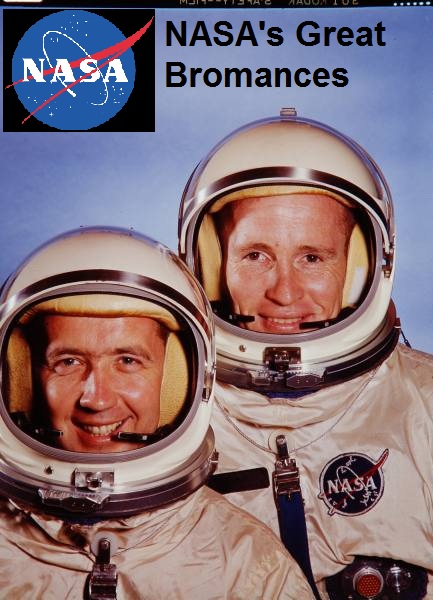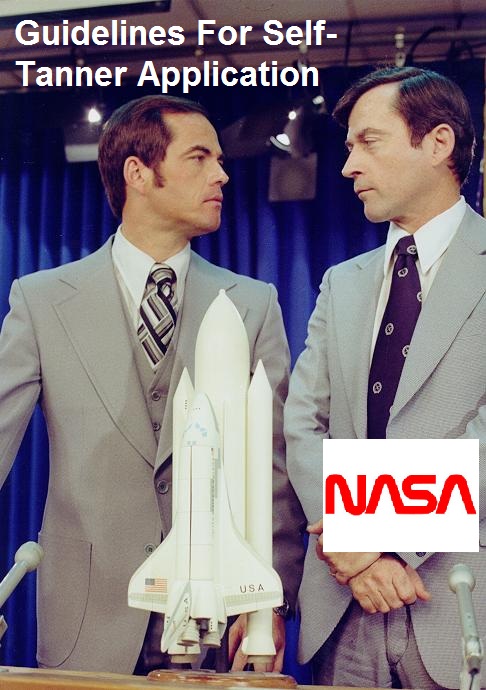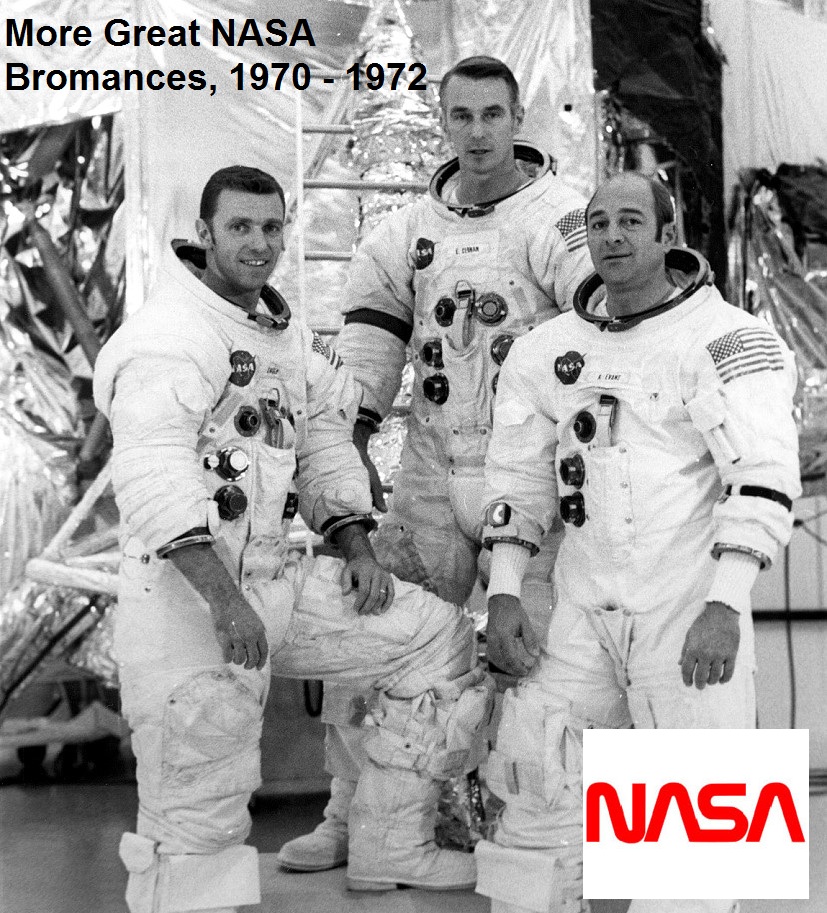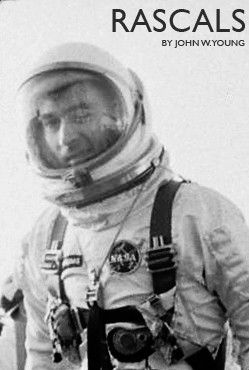NASA has been known to send out various pamphlets, brochures, and publications out to its adoring public. I still have in my possession some vintage Voyager/Pioneer publications and a lot of space shuttle brochures from the mid-1980s; from Juno’s NASA Tweetup, I have amassed a similar impressive collection. But what about the brochures we REALLY wanted to see? Here’s a small collection of what we all wish we had in our swag collections.
Emily Carney is a writer, space enthusiast, and creator of the This Space Available space blog, published since 2010. In January 2019, Emily’s This Space Available blog was incorporated into the National Space Society’s blog. The content of Emily’s blog can be accessed via the This Space Available blog category.
Note: The views expressed in This Space Available are those of the author and should not be considered as representing the positions or views of the National Space Society.

